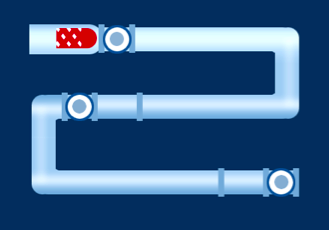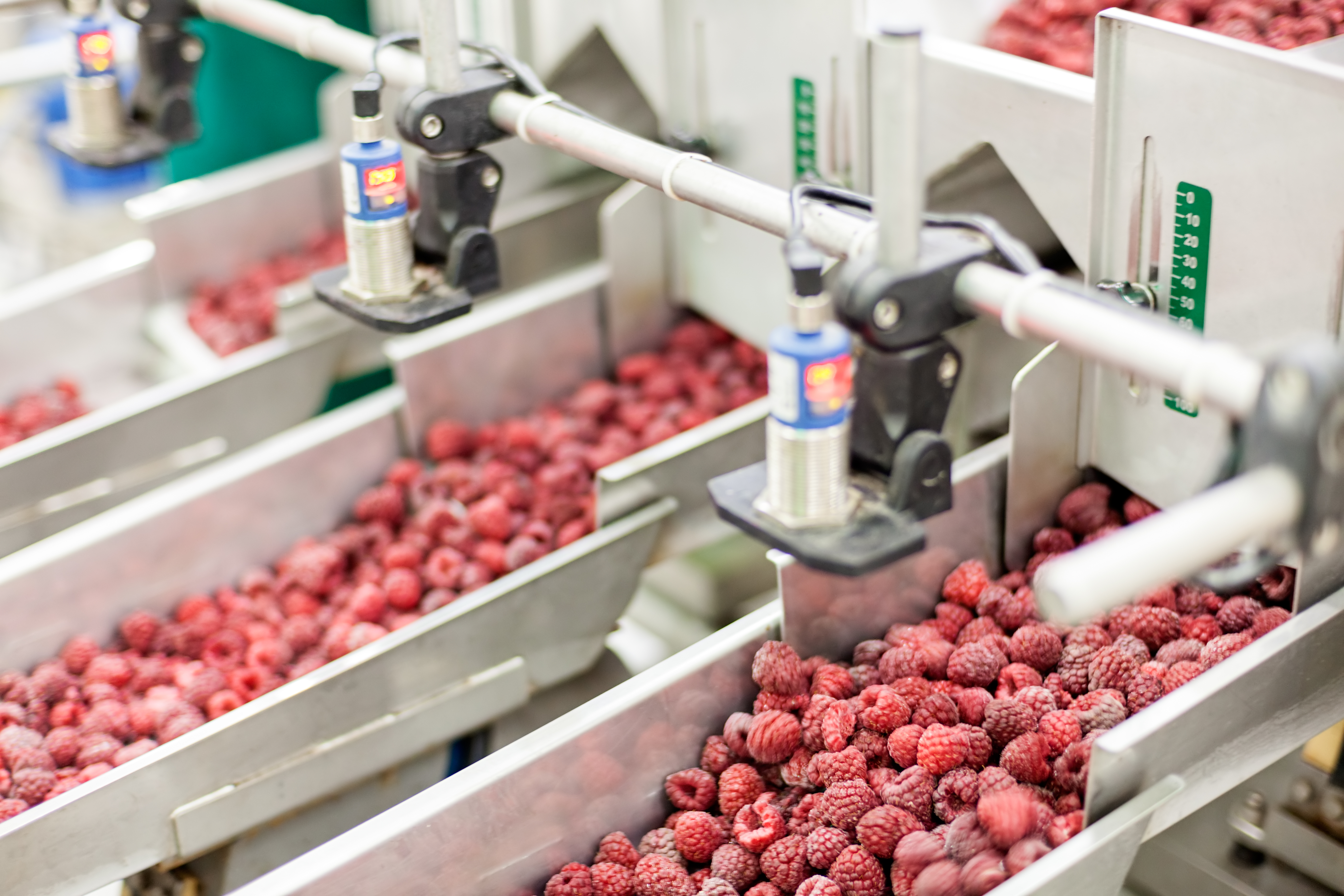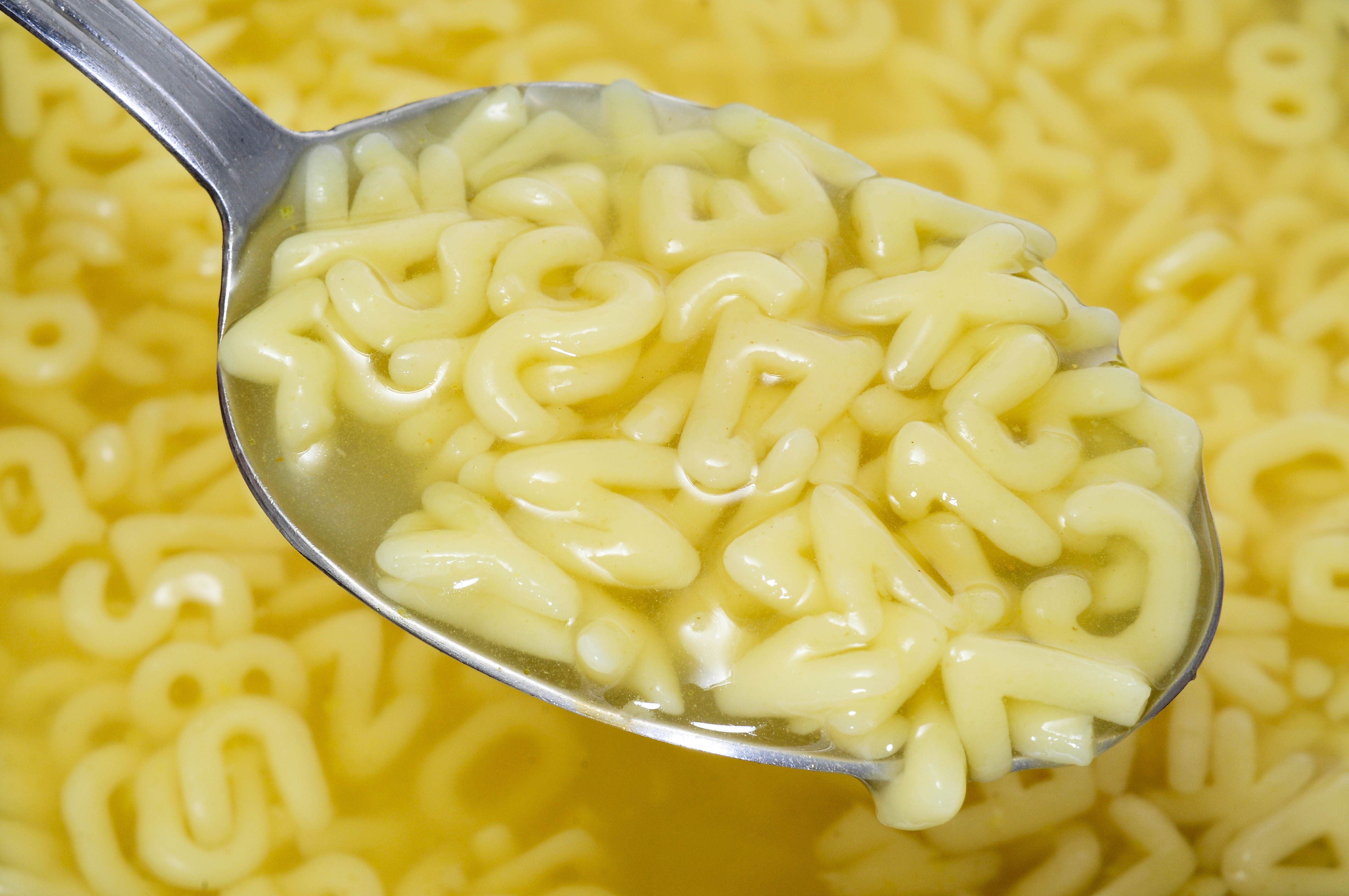Want Clean Labels for Your Bakery and Snack Products? Try Freezing Them
Consumer demand for “clean labels” with simple and natural ingredients has been a driving force in the food industry in recent years. In fact, clean-label foods is forecasted to be a $180 billion global market by 2020, and many food manufacturers are reformulating recipes to adapt with the growing trend.
The idea behind clean eating is avoiding foods with preservatives, artificial additives and “ingredients you can’t pronounce.” Although most of these additives are USDA-approved and technically safe to consume, they have undoubtedly developed a stigma among consumers.
Continue Reading “Want Clean Labels for Your Bakery and Snack Products? Try Freezing Them”



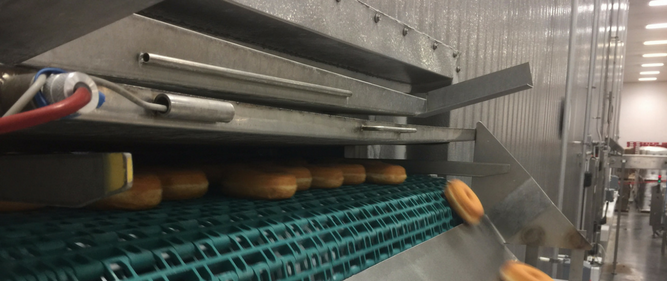
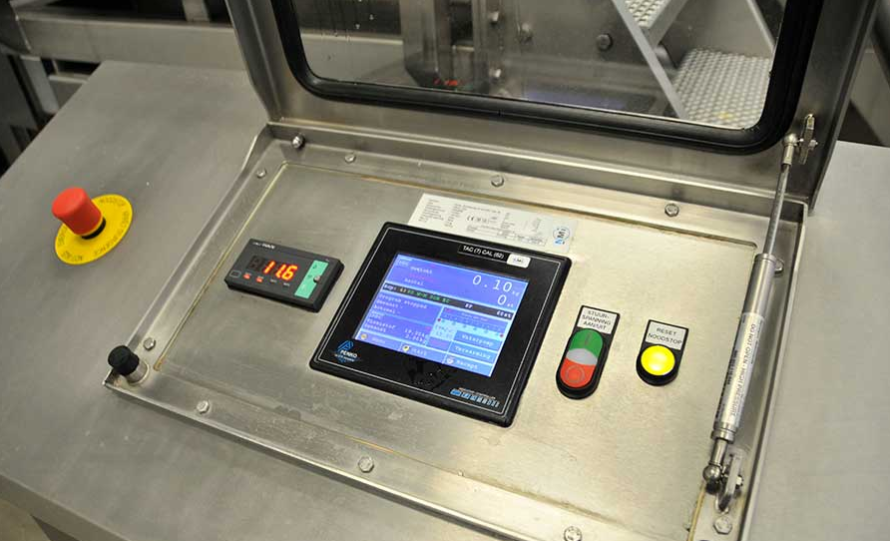

![[Infographic] Design Only vs. Design-Build: Pick the Best Delivery Method for Your Next Food Project](https://stellarfoodforthought.net/wp-content/uploads/2017/08/Stellar_Design-only-infographic_05242017.png)

